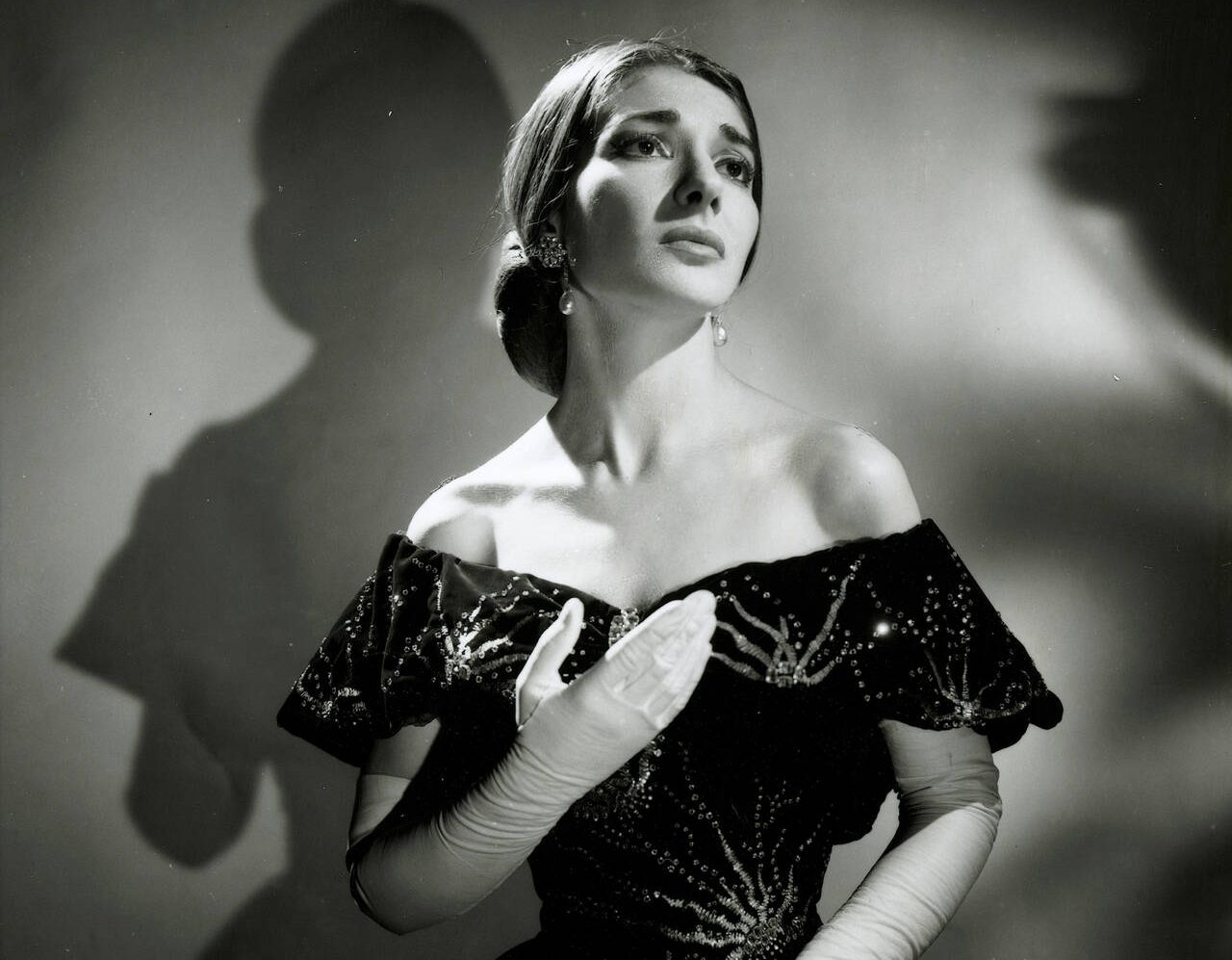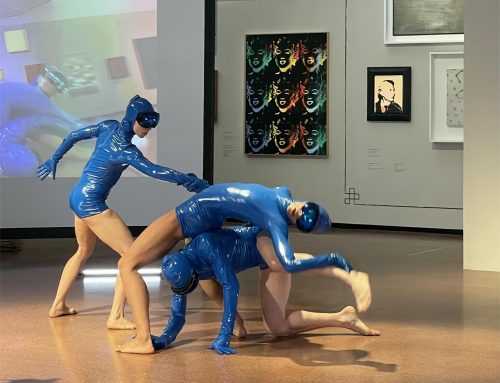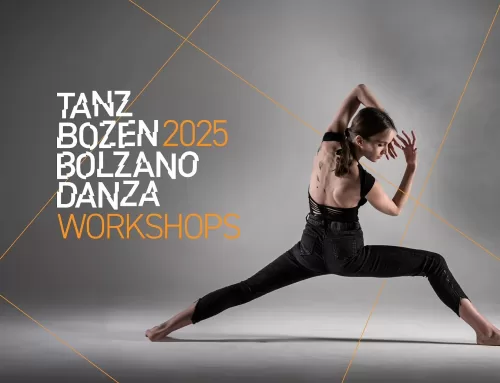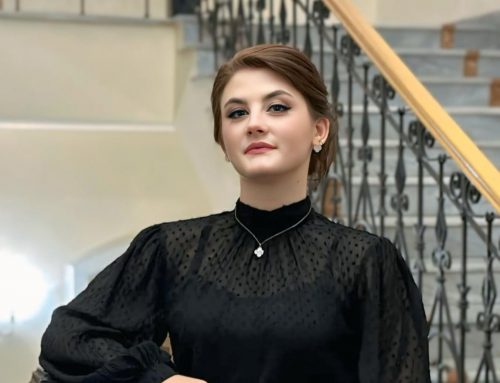“Diva,” an exhibition at the Victoria and Albert Museum in London
June 23, 2023 – April 7, 2024
DIVA celebrates the power and creativity of iconic performers, researching and redefining the role of ‘diva’ and how this has been subverted or embraced over time from association with goddess in the 14th century across opera, stage, popular music, and film of nowadays. It also looks at how each performer has intersected with society and encouraged social and political change through their platform.
The exhibition features 60 ensembles and 250 objects spanning fashion, photography, design, costumes, music, and live performance.
Diva is presented in two ‘Acts’: while Act II explores how the status of Diva has been reclaimed by contemporary artists, Act I provides the exhibition’s historical context, researching the roots of the word Diva with displays of costumes and memorabilia from stage and screen. The finale of ‘Act One’ showcases the timeless opera diva, and include costumes worn by Maria Callas from her first and last performances at The Royal Opera House. Showcasing items such as Callas’s onstage dresses and accessories, the exhibition epitomises its Act I as power struggles, defamation of character, and, chiefly, the tragic experiences.
Maria Callas went from singing 300 years of operatic music as an overweight young woman to becoming an icon of elegance and beauty in a very short time. Becoming an operatic celebrity the Diva had to embrace her role as a fashion model as well. The latter included letting jewelry into her life. Although jewelry has not been a part of soprano’s persona, she successfully used it to add glamor to her public image. Callas was known for wearing not costume, but high jewelry pieces loaned from prestige jewelry houses onstage. Her pearls and diamonds were photographed the world over, whether in official shots by Cecil Beaton or by the paparazzi who tracked her love affairs.
In 2004 most of Callas’ personal jewelry collection was sold at a Sotbey’s auction at a price of $1.86 million. The sale included 11 pieces, most of which were given to Callas by her husband, the wealthy Italian industrialist in the 1950s. The seller was never revealed. Theories range from Callas former husband’s nurse, who inherited his fortune when he died, to the descendants of a Greek friend of Callas.











